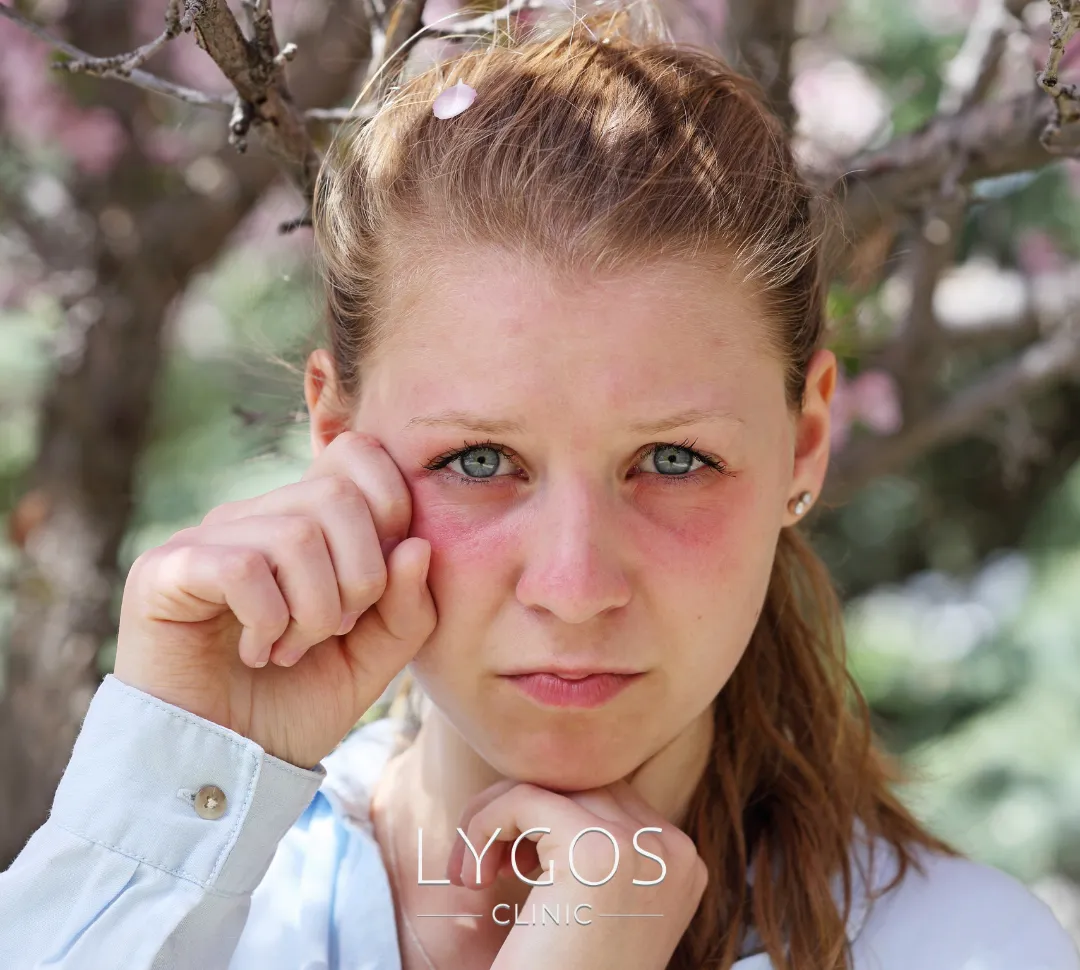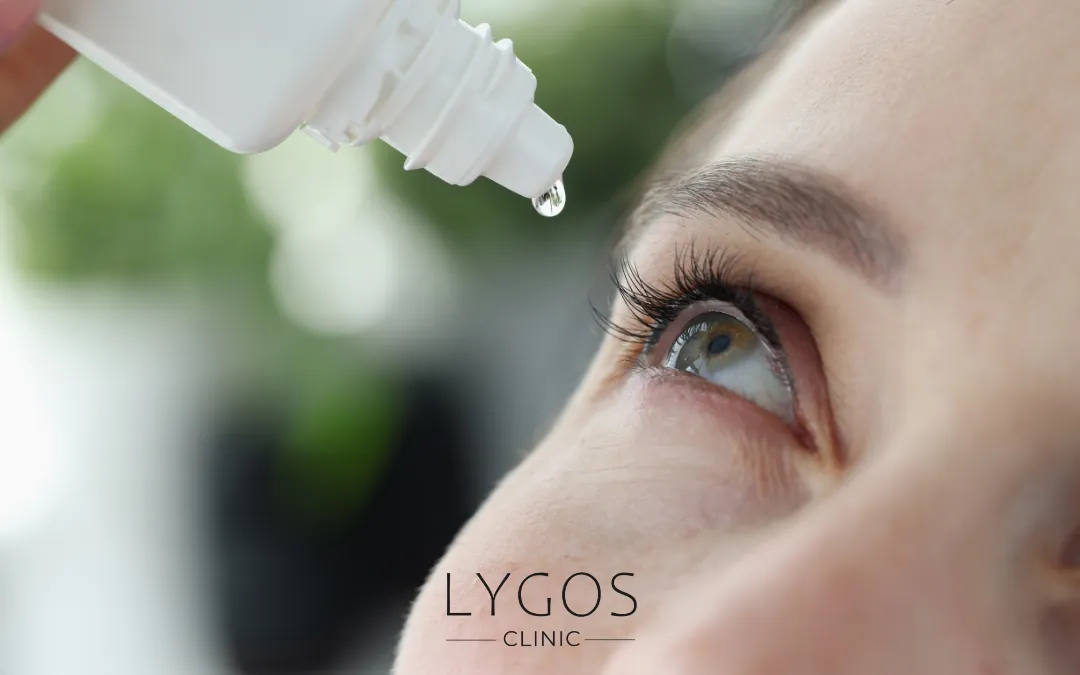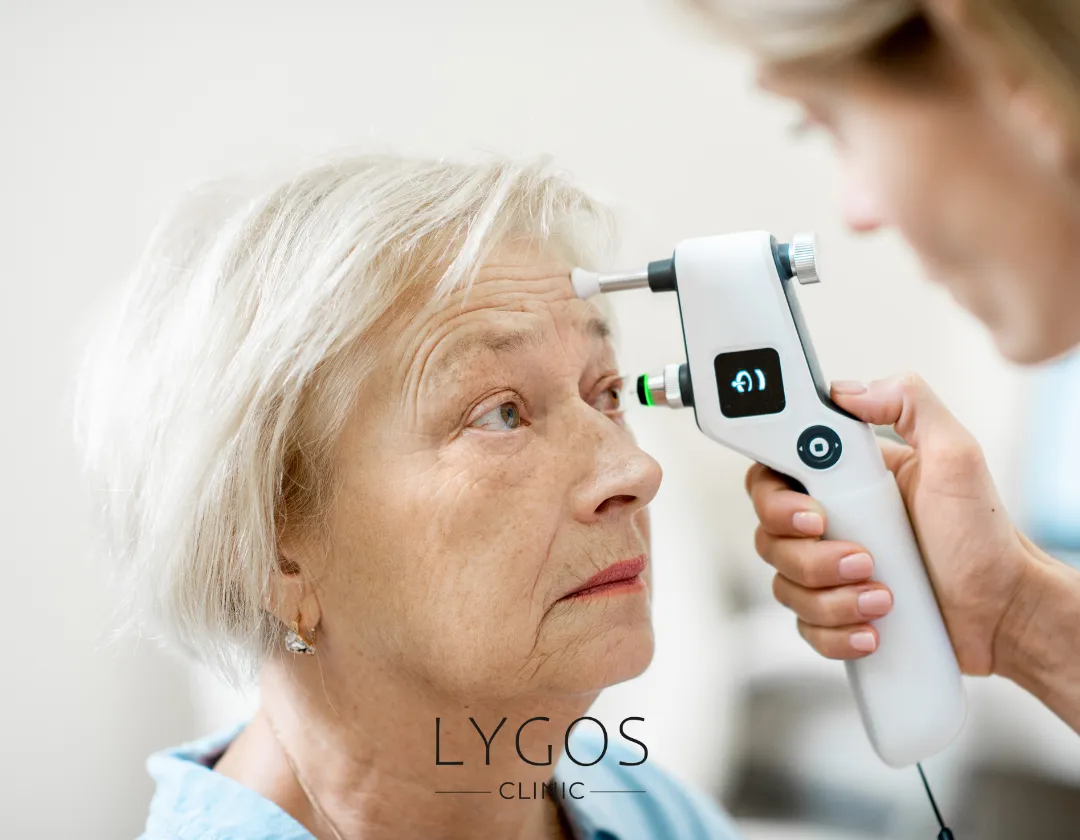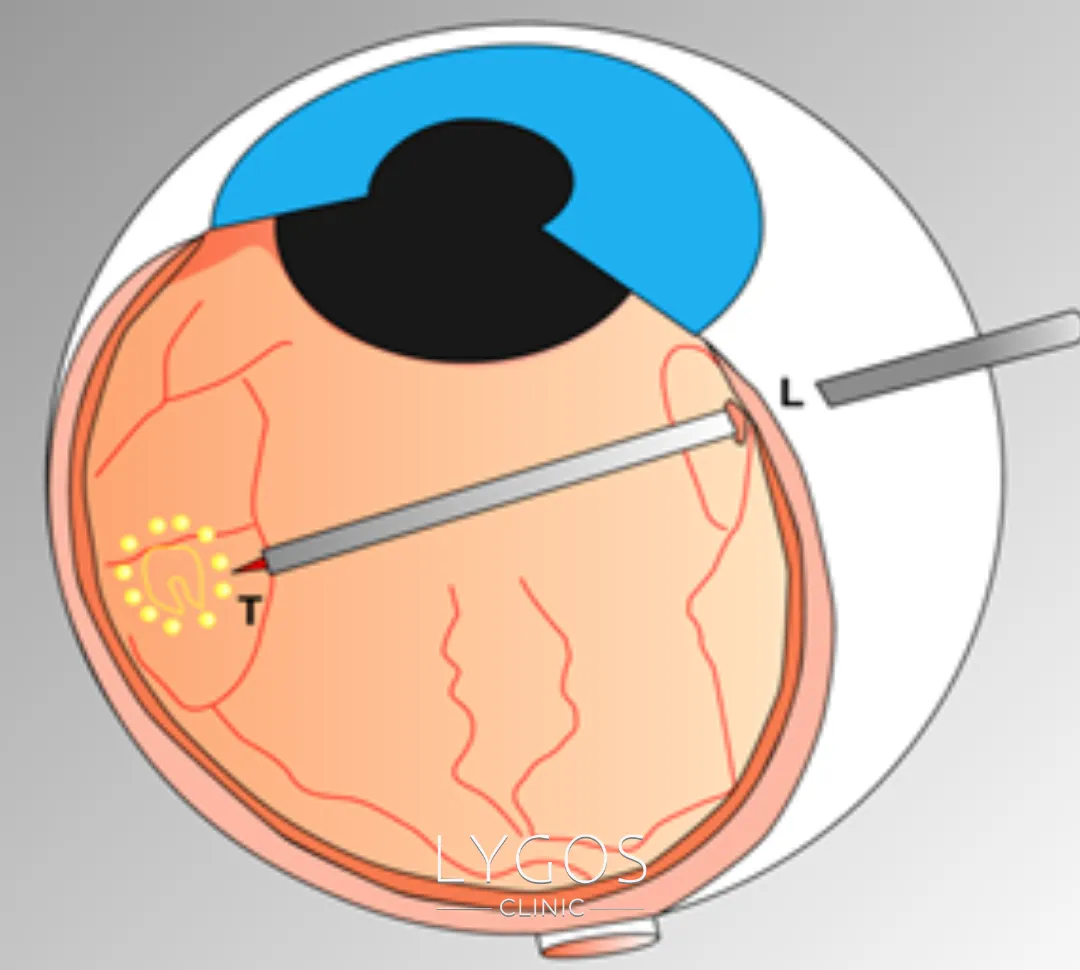What is Eye Allergy?
Get Free Consultation
Chose Your Topic
What are the Symptoms of Eye Allergies?
- Blurred vision
- Itching in the eyes
- Redness of the eyes
- Eyes watering
- Swelling around the eyes
- Burning or stinging sensation in the eyes
- Feeling of dryness in the eyes
- Photophobia (sensitivity to light)
- Crusting or scaling of the eyelids
- Increased discomfort when wearing contact lenses

What to Do at Home for Eye Allergies?
Although eye allergy is often perceived as a simple condition, in some cases it can indicate a serious health problem. It is important to seek professional healthcare instead of seeking home remedies, especially when certain symptoms appear. These symptoms include thick green or yellowish discharge from the eyes, abnormal swelling of the eyes, blurred vision, sudden increase in eye temperature, extreme light sensitivity and excruciating eye pain.
If these symptoms are not present and there is only a mild itching, there are some simple home remedies for eye allergy. First, the eye area should be cleaned to prevent the accumulation of irritants such as pollen and dandruff on the eyelids or eyelashes. This should be done gently with clean, warm water. Rubbing the eyes should be avoided.
Applying a cold compress is also a recommended method for itching and discomfort. A clean cheesecloth or towel soaked in cold water can be left on the eye for a few minutes to relieve itching symptoms. It may be useful to repeat this process several times, as the first application may not be effective.
How is Eye Allergy Diagnosed?
The most accurate and reliable diagnosis of eye allergy is performed by a qualified allergist. First, the specialist will ask you in detail about your medical history and the symptoms of eye allergy. At this stage, information such as when and under what circumstances the symptoms occur is important.
Next, a skin test is recommended to diagnose eye allergy. This test is carried out to see how the body reacts to different allergens. The skin test helps to confirm the diagnosis of eye allergy. It also helps to identify the factors that cause allergies. Thus, appropriate treatment methods can be determined and the patient’s quality of life can be improved.

Eye Allergies in Children
- Eyes that need constant scratching,
- Excessive watering,
- Red or pink eyes,
- Slight swelling of the eyelids,
- Darkened discoloration of the skin under the eyes.
Sun Allergy in the Eyes

Seasonal Eye Allergy
Seasonal eye allergy is one of the most common types. Individuals usually feel the symptoms of this allergy in the spring, summer or fall months due to the effect of plant pollen in the air. Typical symptoms of seasonal eye allergy include clear, watery eye discharge, itching, redness and burning sensation.
People with seasonal eye allergy often have dark circles under their eyes. The eyelids may often be constantly swollen and puffy. Bright lights can have an irritating effect for these people. In addition, this type of allergy can be accompanied by symptoms such as runny nose, sneezing and nasal congestion, often associated with seasonal allergies such as hay fever.
Itchy eyes can cause patients to rub their eyes frequently. This can cause allergens to come into contact with the eyes more often, leading to worsening symptoms. This can potentially increase the risk of infection.
Eye Drop for Eye Allergy
The use of eye drop for eye allergy is highly preferred. Antihistamine and double-acting allergy drops are generally preferred in the treatment of this problem. In addition to these drops, soft steroid drops and topical anti-inflammatory drops may also be recommended in some cases.
f eyelid edema is present during allergy, systemic antihistamines may also be useful. The use of sunglasses and cold compresses are also effective methods to alleviate allergy symptoms. However, the use of cortisone in allergy treatment carries some risks for eye health. In particular, complications such as increased eye pressure and cataract development may occur.
For this reason, cortisone drops must be used under the supervision of a doctor in the treatment of eye allergies. Otherwise, unwanted side effects may occur. Therefore, individuals with eye allergy symptoms should consult with specialized doctors about appropriate treatment methods.


Allergic Conjunctivitis
The area that forms the white part of the eye and the inside of the eyelids is called conjunctivitis. This tissue protects the area against external problems. However, allergic conjunctivitis occurs due to the reactions of the inflamed eye to external influences.
This problem, which is usually caused by pollen and pet hair, can increase especially in spring and summer. There are multiple conditions that trigger allergic conjunctivitis. Therefore, it is recommended to treat it as soon as possible.
Frequently Asked Questions About Eye Allergy
BLOG

Is Breathing Through the Mouth Harmful?
Chose Your Topic Is Breathing Through the Mouth Harmful? Breathing is one of the most fundamental needs of life. However,

Does Rice Water Make Hair Grow? | Benefits of Rice Water
Chose Your Topic Does Rice Water Make Hair Grow? Natural methods in hair care have become quite popular in recent

Breast Lump | Types: Benign, Malign and Causes | LYGOS 2025
Breast Lump While cancer stands out as one of the most common health problems today, early diagnosis rates are also





